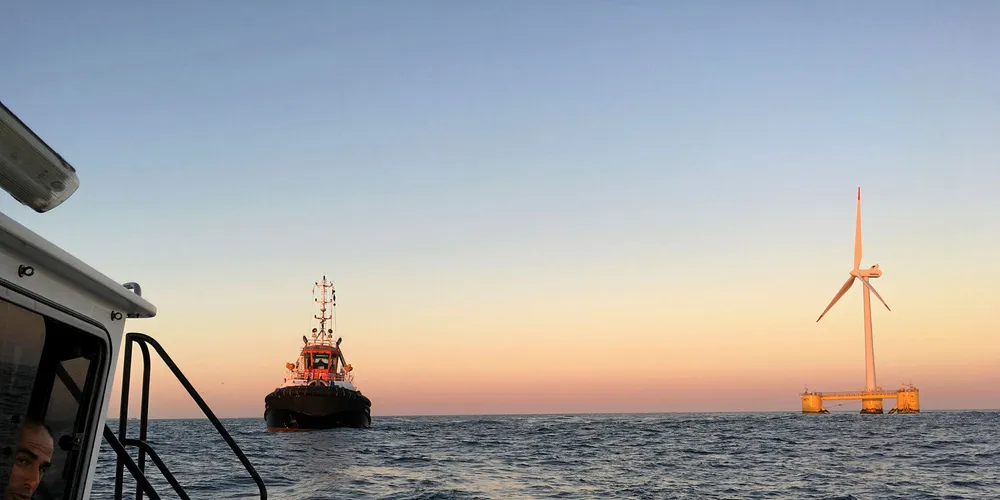Powering floating wind into the future
IN DEPTH | The strategic ‘alliance’ investment made by offshore oil contractor Aker Solutions in floating wind pioneer Principle Power is a major boost for the 200MW-plus projects on the near horizon, writes Darius Snieckus
